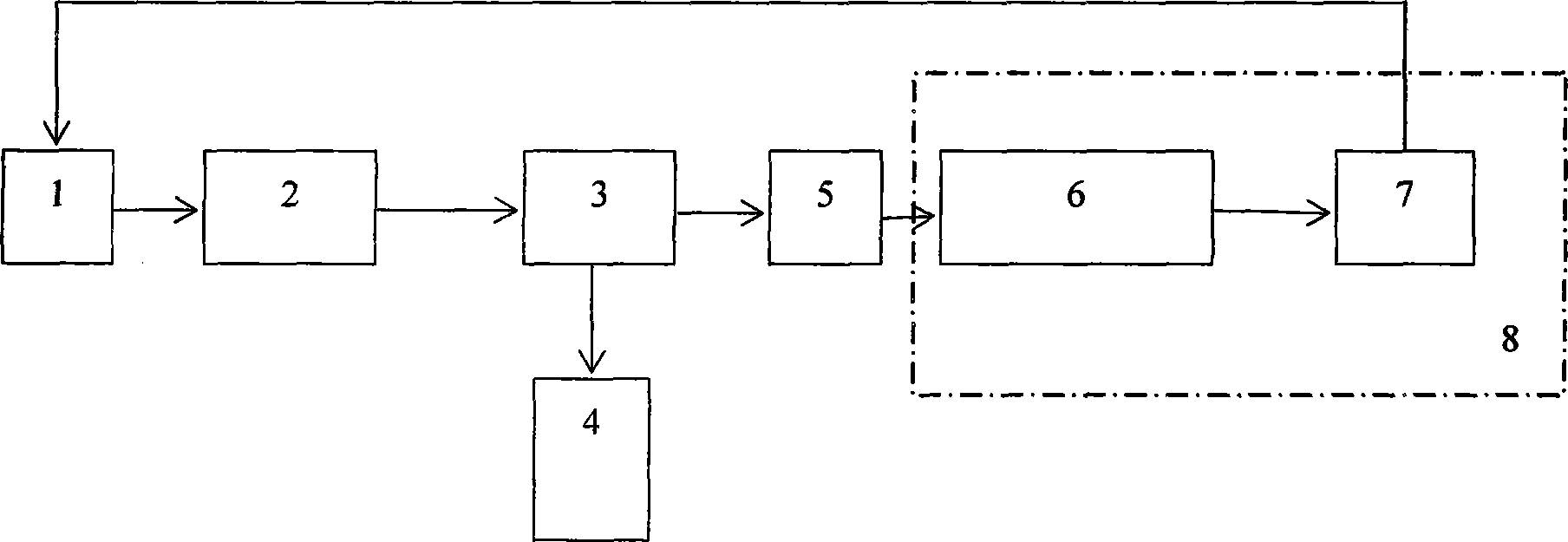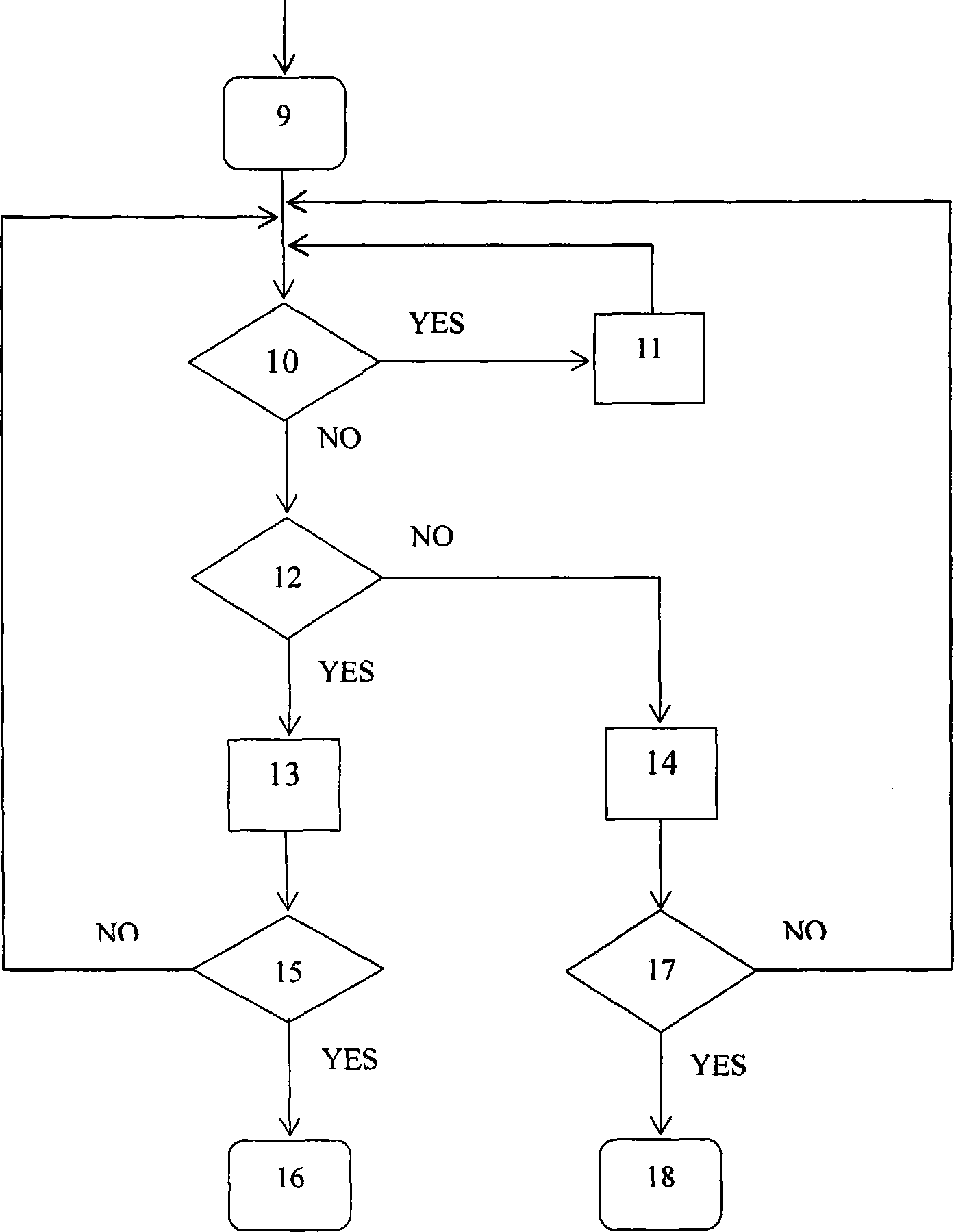Strict increase loose decrease equal step congestion control algorithm based on mobile communication network
A mobile communication network and congestion control technology, applied in the field of step-size congestion control algorithm, can solve problems such as large time delay and jitter at the receiving end, picture quality changes, and no implementation method proposed by the algorithm, so as to ensure fairness and achieve stability Effect
- Summary
- Abstract
- Description
- Claims
- Application Information
AI Technical Summary
Problems solved by technology
Method used
Image
Examples
Embodiment Construction
[0014] 1. Linearly predict the packet loss rate at the next moment
[0015] The present invention uses the packet loss rate as a characteristic quantity mark for judging whether the mobile communication network is congested. The lower limit of the packet loss rate is set to L min , the upper limit is set to L max . When the packet loss rate is less than L min When , it is considered that the current network is underloaded; when the packet loss rate is greater than L min less than L max When , it is considered that the network is fully loaded; when the packet loss rate is greater than L max , the network is considered overloaded.
[0016] Considering that the change of packet loss rate in the network has a short-term correlation, this paper adopts figure 1The linear prediction method shown in Module 6 in calculates the packet loss rate. Let the value of the packet loss rate in the nth measurement cycle be L n , then L n can be expressed as
[0017] L n =α 1 L n-1 ...
PUM
 Login to View More
Login to View More Abstract
Description
Claims
Application Information
 Login to View More
Login to View More - R&D
- Intellectual Property
- Life Sciences
- Materials
- Tech Scout
- Unparalleled Data Quality
- Higher Quality Content
- 60% Fewer Hallucinations
Browse by: Latest US Patents, China's latest patents, Technical Efficacy Thesaurus, Application Domain, Technology Topic, Popular Technical Reports.
© 2025 PatSnap. All rights reserved.Legal|Privacy policy|Modern Slavery Act Transparency Statement|Sitemap|About US| Contact US: help@patsnap.com


